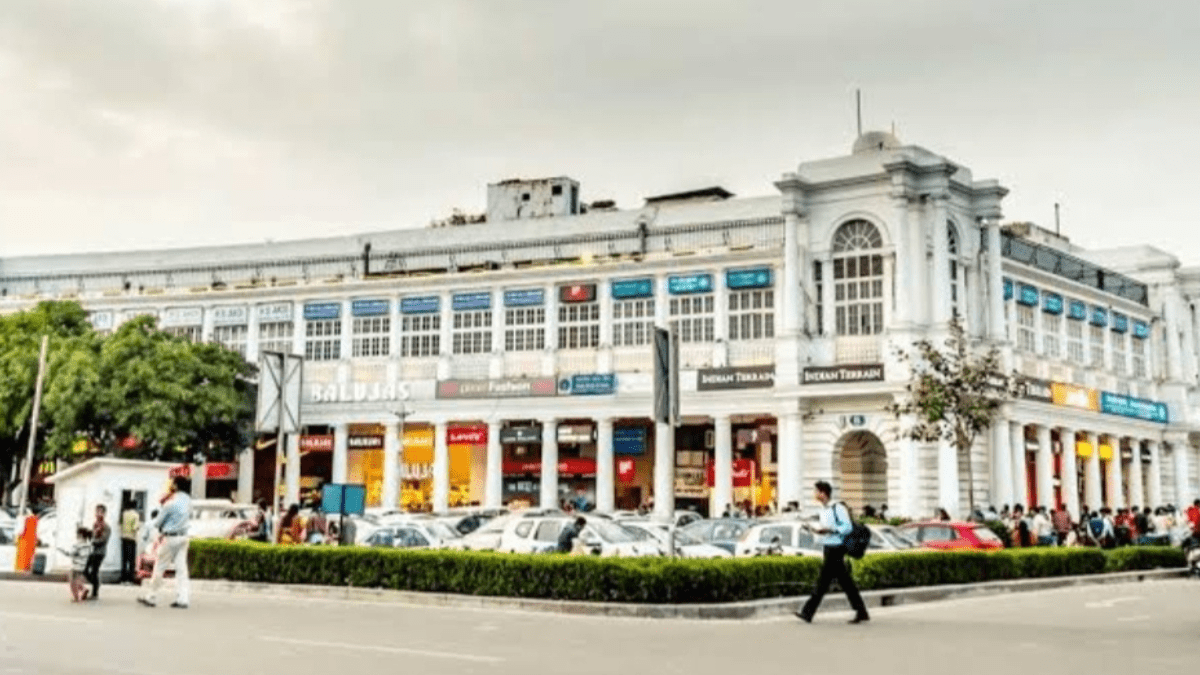The British Government began construction on Connaught Place in 1929 and finished it in five years. It was subsequently dubbed for the Duke of Connaught and Strathearn, a member of the British royal family.
Connaught Place, or CP, is interpreted differently by each person. For the average Indian residing in Delhi, it’s a shopping heaven, a gourmet haven, and a top hangout. It’s a destination that foreign tourists simply must see. For merchants, it’s the ideal location to launch their companies and serve as their ideal workplace in the Interim.
The British Government began construction on Connaught Place in 1929 and finished it in five years. It was subsequently dubbed for the Duke of Connaught and Strathearn, a member of the British royal family. British architect Robert Tor Russell, who worked with Nicholas on the blueprint, is recognized for his architectural design. Russell is most recognized for creating the architectural concept for Connaught Place, which drew inspiration from famous English buildings like the Royal Crescent.
Connaught Place flourished as a hub of commerce and culture following India’s independence. At the moment, it ranks among the world’s priciest business districts. Indeed, if you work here, you are most likely in one of the most expensive locations on the planet. But many people still don’t know who owns these buildings, leaving them wondering who owns these .
There are a lot of property owners at Connaught Place. From a legal standpoint, this land belongs to the Government of India. However, before independence, the majority of these homes were typically rented out for only a few hundred rupees at very low rates.
The Old Delhi Rent Control Act, which was in effect prior to independence, required rental properties to pay an annual rent increase of 10% above the base price. Consequently, if, for example, the owner had rented a shop for Rs 50 in 1945 and complied with this act, the rent would have only gradually increased over time, remaining relatively modest even today. It’s fascinating to note that not much has changed in this position in the last seven decades.
